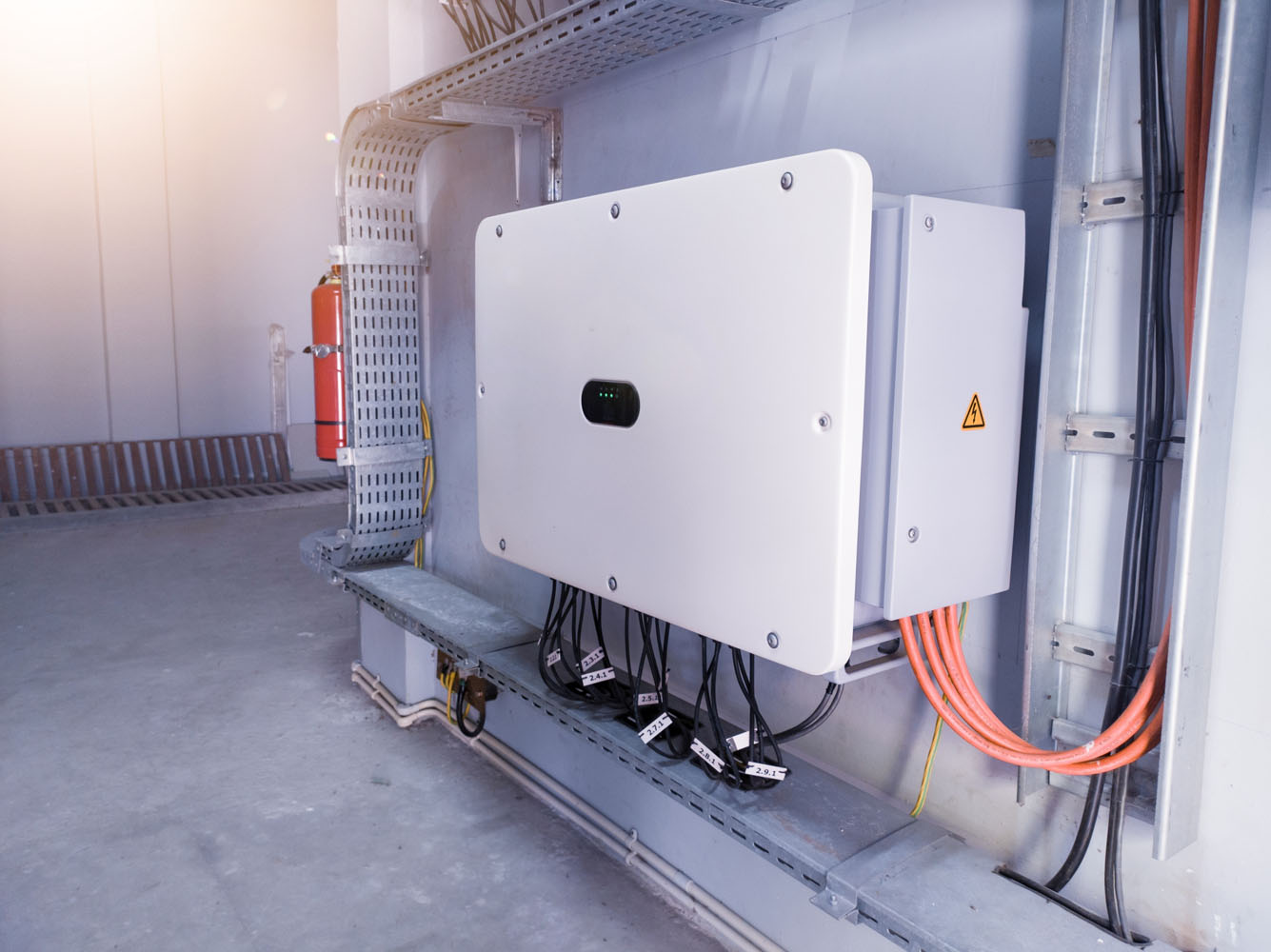One of the key considerations for electric vehicle (EV) owners is understanding how long it takes to charge their vehicle. Charging speed is influenced by several factors, including the type of charger, your EV’s battery size, and the available electrical infrastructure. In this guide, we’ll break down everything you need to know about EV charging speeds so you can make the most of your home or public charging experience.
4.1 The 3 Levels of EV Charging
There are three main levels of EV charging, each with different charging speeds. These levels correspond to the power output of the charger and determine how quickly you can charge your EV.
4.1.1 Level 1 Charging (Trickle Charging)
Level 1 charging uses a standard household 240V outlet, which provides the slowest charging speed.
- Speed: 2-5 km of range per hour of charging.
- Best for: Occasional EV drivers or those with short commutes who can leave their car charging overnight.
Pros:
- Requires no special installation (uses a standard power point).
- Low upfront cost.
Cons:
- Very slow charging, not ideal for daily driving needs.
4.1.2 Level 2 Charging (Home or Public Charging)
Level 2 chargers use a 240V outlet, similar to what you’d find for large appliances. These chargers offer significantly faster charging speeds and are the most popular choice for home installations.
- Speed: 25-50 km of range per hour of charging.
- Best for: Daily drivers who need to charge their EV overnight or require faster charging speeds.
Pros:
- Fast charging speed (a full charge overnight).
- Affordable and practical for home use.
Cons:
- Requires professional installation.
- Higher upfront cost than Level 1 chargers.
4.1.3 DC Fast Charging (Level 3)
DC fast chargers are the fastest chargers available, typically found at public charging stations. These chargers deliver high power directly to the EV’s battery, significantly reducing charging time.
- Speed: 150-400 km of range per 30 minutes of charging.
- Best for: Long road trips or EV drivers who need a quick charge on the go.
Pros:
- Ultra-fast charging speeds.
- Ideal for public charging stations or commercial use.
Cons:
- Not suitable for home installation (requires significant infrastructure).
- Can cause faster battery degradation with frequent use.
4.2 Factors That Affect Charging Speed
Several factors influence how quickly your EV charges, and it’s essential to understand them so you can manage your expectations and make informed decisions about where and when to charge.
4.2.1 Battery Size
Larger batteries take longer to charge than smaller ones. For example, a Tesla Model S, with a 100 kWh battery, will take significantly longer to charge than a Nissan Leaf, which has a 40 kWh battery, even when using the same charger.
4.2.2 State of Charge
The speed at which your battery charges also depends on its current state of charge. Most EVs charge more slowly as they approach full capacity to prevent overcharging and protect the battery’s longevity. This means that your vehicle will charge faster when the battery is nearly empty and slower as it fills up.
4.2.3 Charging Infrastructure
The power output of the charger itself is a significant factor in charging speed. Level 1 chargers deliver less power than Level 2, and DC fast chargers offer the highest power output. The type of charger you use will directly impact how long it takes to charge your EV.
4.2.4 Temperature
EV batteries charge more slowly in extremely cold temperatures, as the cold reduces the battery’s ability to accept a charge. In regions like Victoria, where winters can be cold, it’s important to keep this in mind. Some EVs come equipped with battery heaters to mitigate this issue.
4.3 Tips for Maximizing Charging Efficiency
- Charge overnight: Charging your EV overnight at home ensures that you wake up to a fully charged vehicle without worrying about charging during the day.
- Take advantage of off-peak rates: Many electricity providers offer time-of-use pricing, where rates are lower during off-peak hours. Charging your EV during these times can save you money.
- Plan for long trips: If you’re taking a road trip, plan your charging stops in advance and opt for DC fast chargers to minimize downtime.
Conclusion
Understanding EV charging speeds is essential for optimizing your charging routine and ensuring you’re never left with an empty battery. Whether you’re charging at home with a Level 2 charger or using a fast charger on the road, knowing the factors that impact charging time can help you make smarter decisions and get the most out of your EV.







